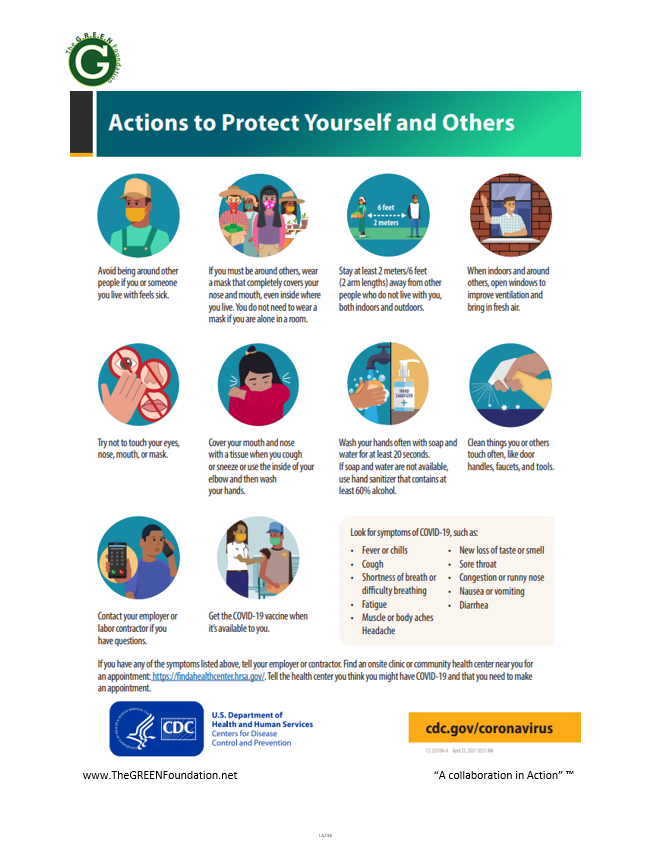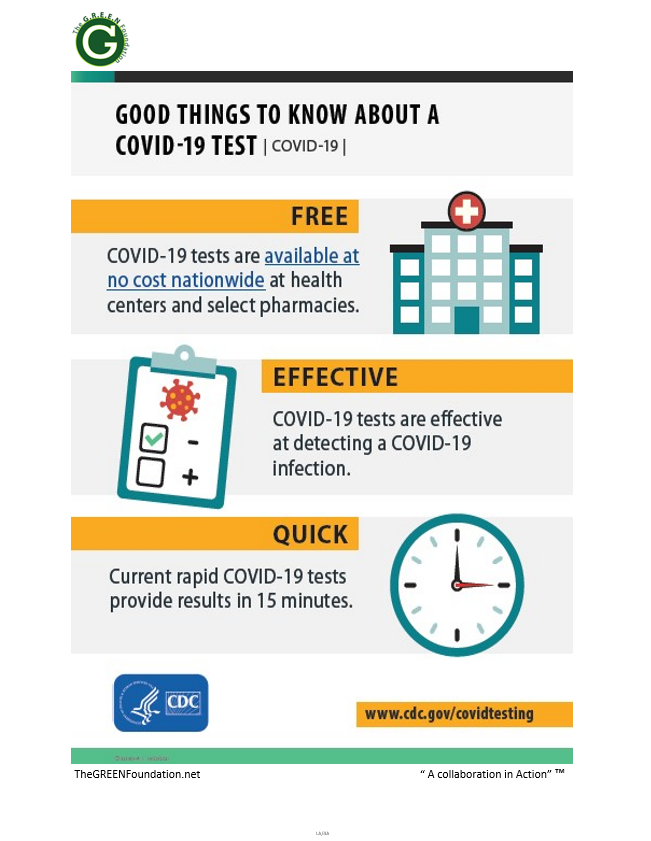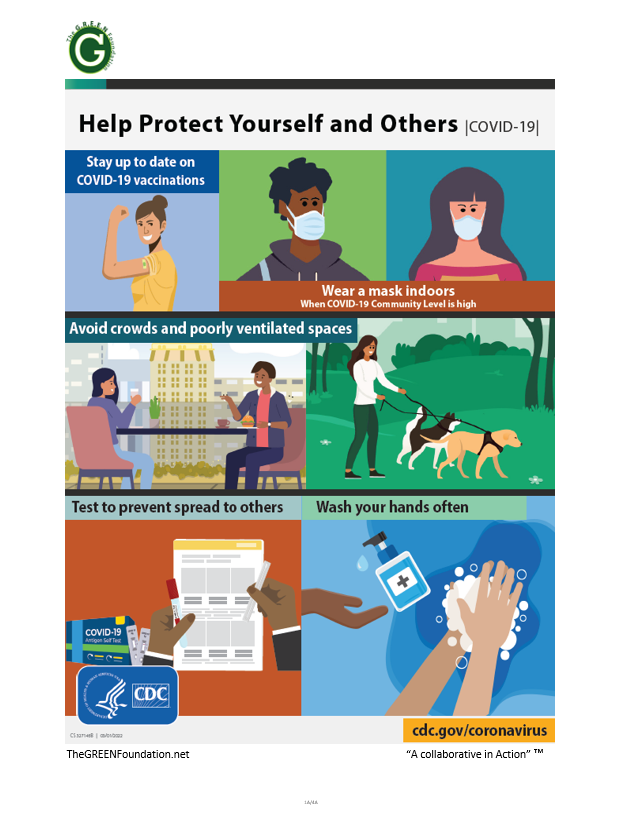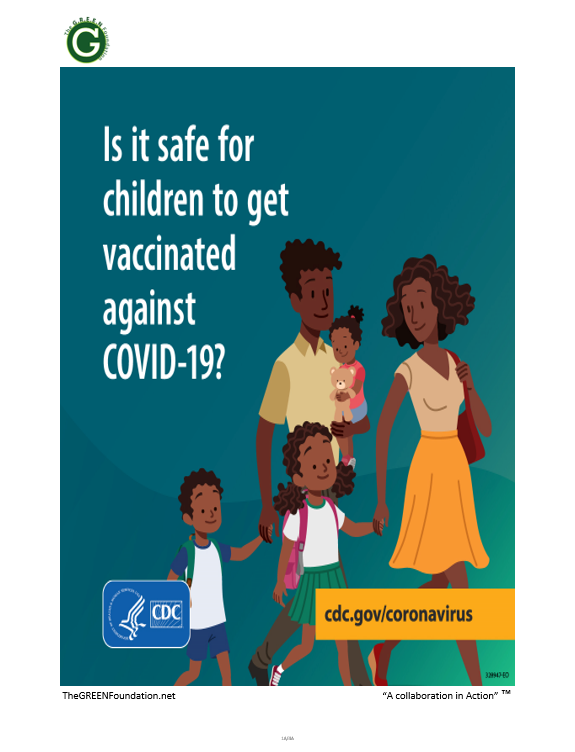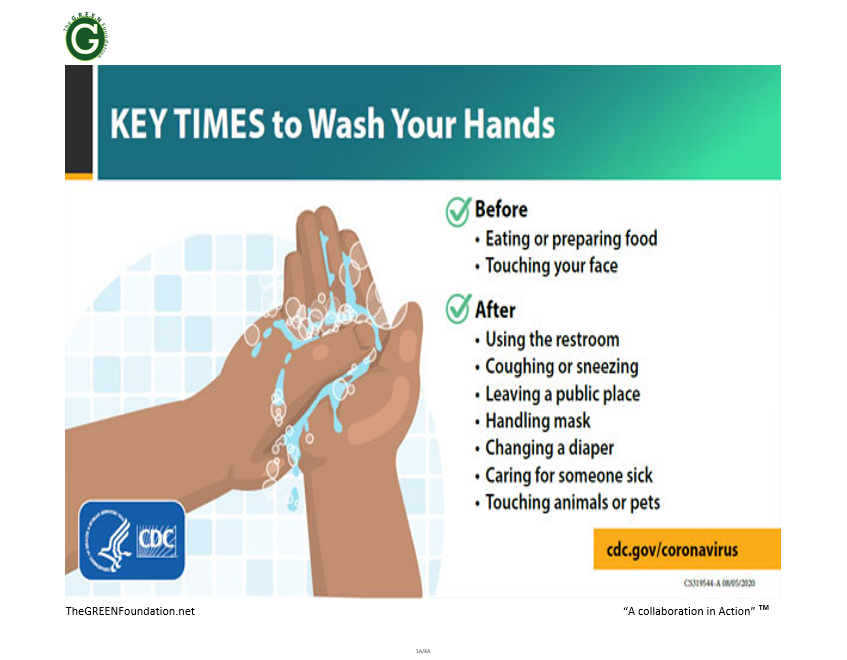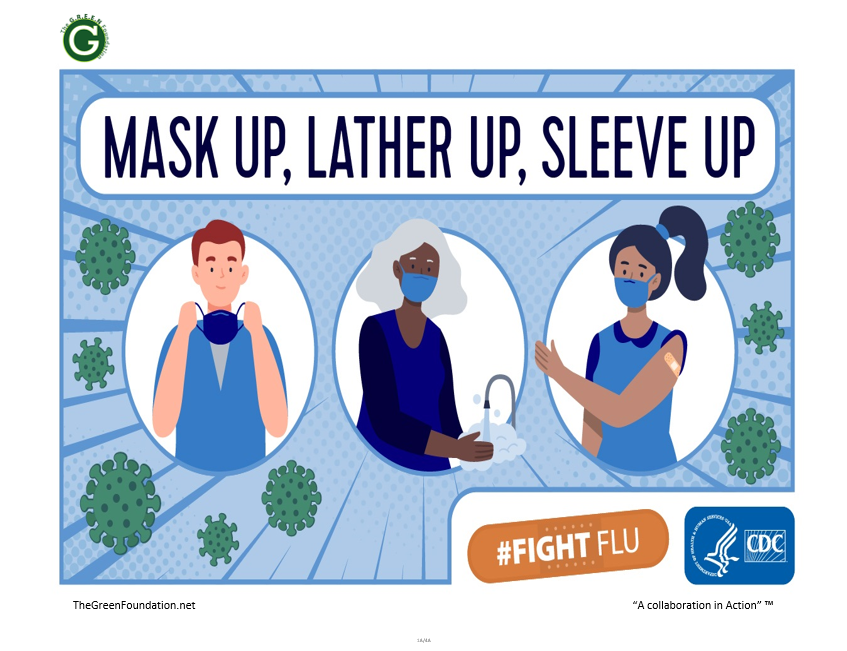COVID-19 Health
“The Emergency is Over, But COVID-19 is Not Gone”
Here’s A Little Background
Coronavirus 2019 [aka. COVID-19] is a disease caused by a virus called SARS-CoV-2.1 First detected in late 2019, the virus took the world by storm, rapidly spreading, pushing the world into a public health state of emergency.1 2 With a range of symptoms reported, many individuals have often seen some that feel much like the cold, the flu, or pneumonia.1 Most people with COVID-19 have little to mild symptoms, while many others become severely ill, and develop post-COVID conditions [this is called ‘Long COVID’].1 3
Those older in age, as well as people who may already have various underlying medical conditions have a greater likelihood of having more severe illness. Additionally, these impacts may also be exacerbated due to our social and economic realities, like race/ethnicity, where you live, and income level.
Because of these vulnerabilities, it underlines the importance to why we must each do our best to stay informed and take continued precautions in protecting ourselves and others in our communities.
COVID-19 & Black African Americans
It is important that we recognize the disproportionate risk and impact the COVID-19 pandemic has posed on the Black/ African American community.
Data from the Center for Disease Control and Prevention (CDC) has stated that Black/ African Americans are 2x more likely to be hospitalized and 1.6x more likely to die from COVID-19 when compared to their White counterparts.4
Factors such as our environment where we live and work, access to quality health care, and tools/ resources that promote us make healthy choices all play a role in determining our individual risk level.5 Historically, African Americans see a higher rate of diagnoses of chronic disease such as asthma, hypertension (stress), and diabetes, which makes the impact of COVID-19 more fatal.6 It is of high importance that we work to really understand our own risk and the risk of those close to us so that we can each make good decisions that will best protect ourselves and our loved ones.
- When a person inhales air droplets or very small particles that an COVID-19 infected person has breathed out. The risk of this is increased when one is in close contact range to an infected person or in spaces that are poorly ventilated.
- When COVID-19 infected droplets or particles land on one’s eyes, nose, or mouth. Sneezes and Coughs are viable ways for this type of transmission.
- When one transfers infected particles to their eyes, nose, or mouth after touching surfaces or objects with droplets on them.
- Symptoms may present themselves between 2 – 14 days after exposure. Here are symptoms to watch for:
- Fever or chills
- Cough
- Shortness of breath or difficulty breathing
- Fatigue
- Muscle or body aches
- headache
- New loss of taste or smell
- Congestion or runny nose
- Nausea or vomiting
Also note that some may be infected and not develop symptoms of feel illness. This is called being asymptomatic.
- EMERGENCY Warning Signs to Look Out For. Seek emergency medical care immediately if one is experiencing:
- Trouble breathing
- Persistent chest pain or pressure
- New confusion
- Inability to wake or stay awake
- Pale, gray, or blue-colored skin, lips, or nail beds, depending on skin tone
- What To Do If You Are Sick Or Have Been Exposed
Read more at CDC.gov
- Wash hands with soap and warm water often for at least 20 seconds.
- Avoid touching your eyes, nose, and mouth with unwashed hands.
- Avoid contact with those who are sick and stay home If you are sick.
- Cover your nose and mouth when you cough or sneeze.
- Routinely clean and disinfect surfaces that are frequently touched.
- Continue to practice physical distancing.
- Wear a Face Covering in times there you may be within 6 feet with others not within your household.
- If you test positive for COVID-19 stay home and away from others for at least 5 days. Refrain from attending in-person work or visiting public spaces.
- You have no symptoms, or your symptoms are mild and getting better; AND
- You have not had a fever for over 24 hours without taking fever reducing medicines.
- If you have contact with someone who has COVID-19, and you are:
- Up to date with your COVID-19 Vaccine
- You do NOT need to quarantine, as long as you do not experience symptoms.
- Not up to date with your COVID-19 Vaccine
- Self-quarantine for at least 5 days, To limit possible spread to others.
- Up to date with your COVID-19 Vaccine
- NIH – ‘Understanding COVID-19 mRNA Vaccines‘
- Cedar Sinai – Video ‘How Does a mRNA COVID19 Vaccines Work‘
1 Center for Disease Control and Prevention. (2023). About COVID-19. Retrieved from https://www.cdc.gov/coronavirus/2019-ncov/your-health/about-covid-19.html
2 World Health Organization. (2024). Coronavirus disease (COVID-19) pandemic. Retrieved from https://www.who.int/europe/emergencies/situations/covid-19
3 Long Beach Department of Health and Human Services. (n.d.). Coronavirus 2019 (COVID-19) basics. Retrieved https://www.longbeach.gov/health/diseases-and-condition/information-on/coronavirus/basics/
4 Center for Disease Control and Prevention. (2023). Risk for COVID-10 infection, hospitalization, and death by race/ethnicity. Retrieved from https://www.cdc.gov/coronavirus/2019-ncov/covid-data/investigations-discovery/hospitalization-death-by-race-ethnicity.html
5 Cyrus, E., Clarke, R., Hadley, D., Bursac, Z., Trepka, M. J., Dévieux, J. G., Bagci, U., Furr-Holden, D., Coudray, M., Mariano, Y., Kiplagat, S., Noel, I., Ravelo, G., Paley, M., & Wagner, E. F. (2020). The Impact of COVID-19 on African American Communities in the United States. Health equity, 4(1), 476–483. https://doi.org/10.1089/heq.2020.0030
6 Vasquez Reyes M. (2020). The Disproportional Impact of COVID-19 on African Americans. Health and human rights, 22(2), 299–307. Retrieved from https://www.ncbi.nlm.nih.gov/pmc/articles/PMC7762908/#:~:text=Underlying%20health%20conditions,make%20COVID%2D19%20more%20lethal.

